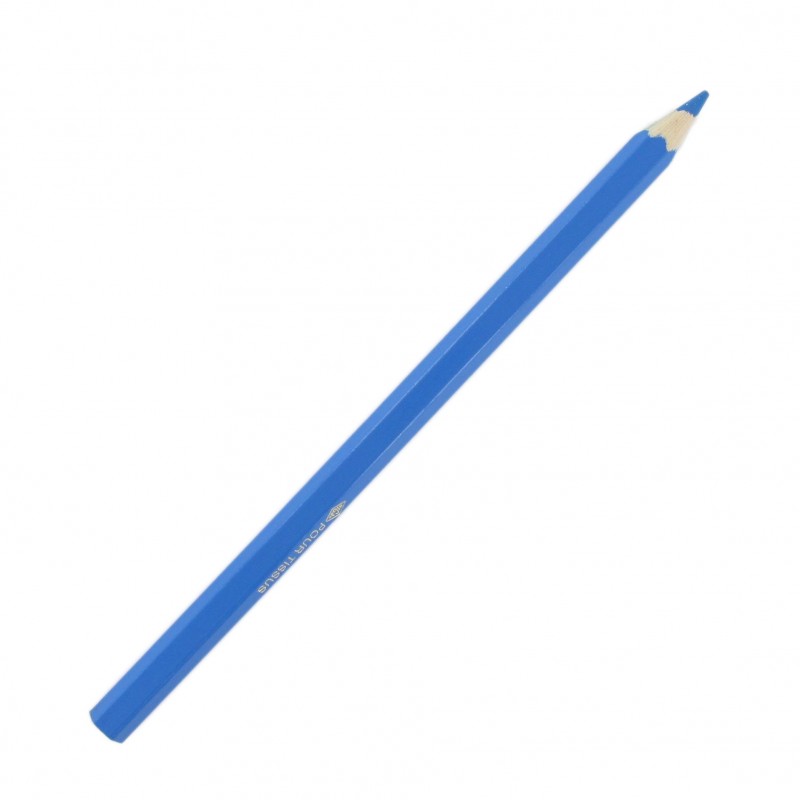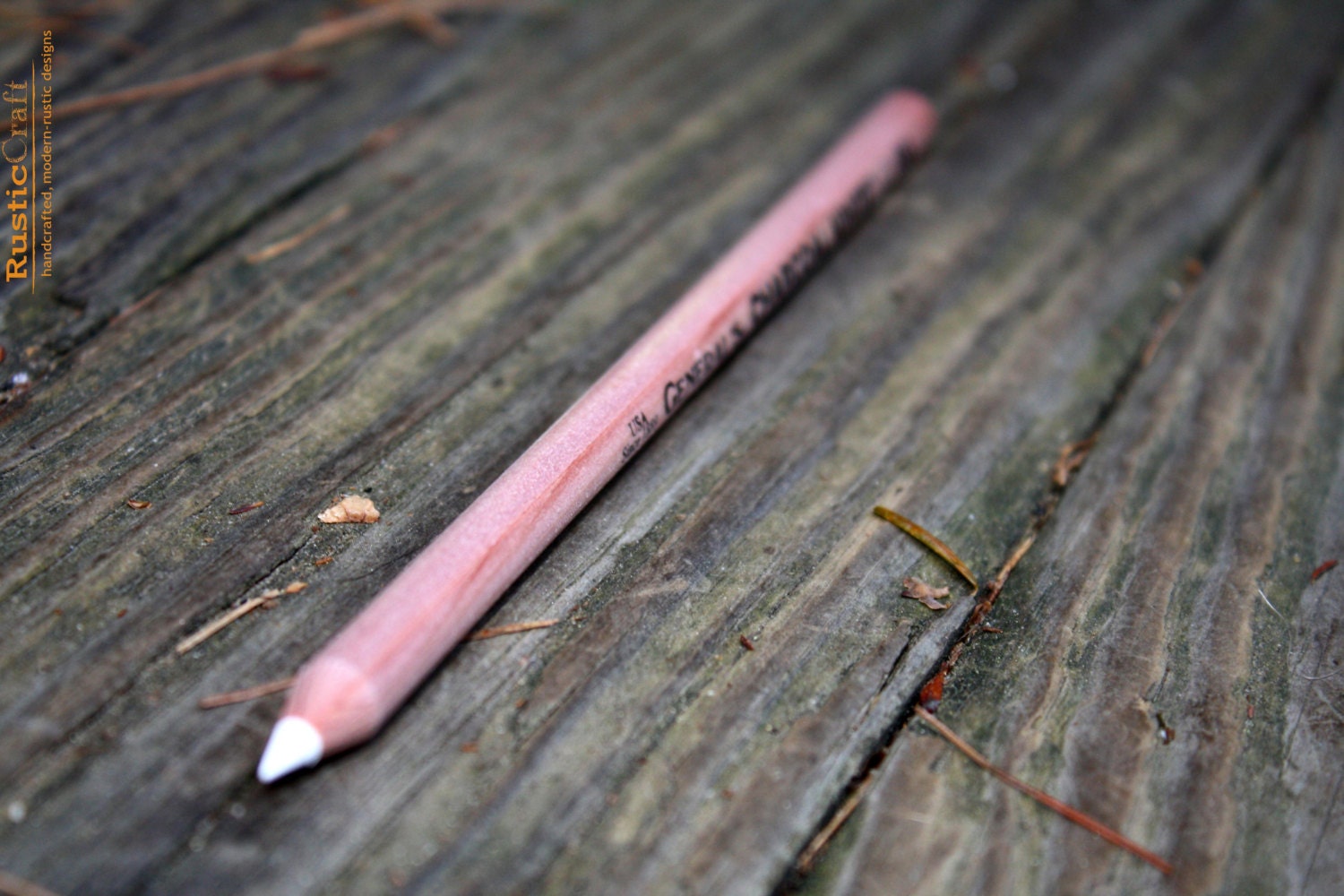

Later, various hues of powdered pigment eventually replaced the primary charcoal ingredient found in most early 19th century products. Conté crayons, out of Paris, are a hybrid between a pastel and a conventional crayon, used since the late 1790s as a drawing crayon for artists. Pastels are an art medium sharing roots with the modern crayon and date back to Leonardo da Vinci in 1495. Ĭontemporary crayons are purported to have originated in Europe, where some of the first cylinder shaped crayons were made with charcoal and oil. However, the process wasn't used to make crayons into a form intended to be held and colored with and was therefore ineffective for use in a classroom or as crafts for children. This method, employed by the Egyptians, Romans, Greeks, and even indigenous people in the Philippines, is still used today. Pliny the Elder, a Roman scholar, was thought to describe the first techniques of wax crayon drawings. A heat source was then used to "burn in" and fix the image in place. Encaustic painting is a technique that uses hot beeswax combined with colored pigment to bind color into stone. The notion to combine a form of wax with pigment goes back thousands of years. The meaning later changed to simply "pencil" which it still means in modern French. The French word crayon, originally meaning "chalk pencil", dates to around the 16th century, and is derived from the word craie (chalk) which comes from the Latin word creta (Earth). The history of the crayon is not entirely clear. HistoryĪ wide variety of crayon boxes have been produced over the years A patent for the washable solid marking composition utilized in the washable crayons was awarded to Snedeker in 1990. Ĭolin Snedeker, a chemist for Binney & Smith (the then-parent company of Crayola), developed the first washable crayons in response to consumer complaints regarding stained fabrics and walls.

Paraffin waxes are used for cosmetics, candles, for the preparation of printing ink, fruit preserving, in the pharmaceutical industry, for lubricating purposes, and crayons. Paraffin wax is heated and cooled to achieve the correct temperature at which a usable wax substance can be dyed and then manufactured and shipped for use around the world. Such crayons are usually approximately 3.5 inches (89 mm) in length and made mostly of paraffin wax. So I wondered if you – or anyone else – know anything about the General’s product, and if it is OK to use for the initial sketch.In the modern English-speaking world, the term crayon is commonly associated with the standard wax crayon, such as those widely available for use by children. But I suddenly realized that “white charcoal” is a bit of an oxymoron, isn’t it? Isn’t charcoal always blackish? On the General’s site, it’s listed with the charcoal pencils, but I’m wondering if what I’m using may not be charcoal at all.Įven though I’m still a relatively new oil painter, I’m trying to build good habits and use solid materials as much as possible. Consequently, I’ve switched to using General’s “White Charcoal (#558) pencil for some of my initial sketches. Hi Bill! I paint on a toned canvas, and I once had a problem with black charcoal messing up a very light area of paint (from what you said, it sounds as if this may have been a lack-of-experience kind of thing). If transferred, there is no loose pigment to cause contamination. What slight “contamination” you experience is minimal, and then only when drawing directly on the surface with charcoal. Charcoal mixes with, and disappears into your painting as you apply the paint. The charcoal is similar the the ingredient in Ivory Black Paint. Isolating layers, and fixatives are much more likely to cause problems than any slight contamination of the paint with the residual charcoal. When transferred in such a manner, it cannot be rubbed off, and no sealing, or isolating layers required. Very indelible, if transferred to a dry, but “fresh” oil-painted surface.


 0 kommentar(er)
0 kommentar(er)
